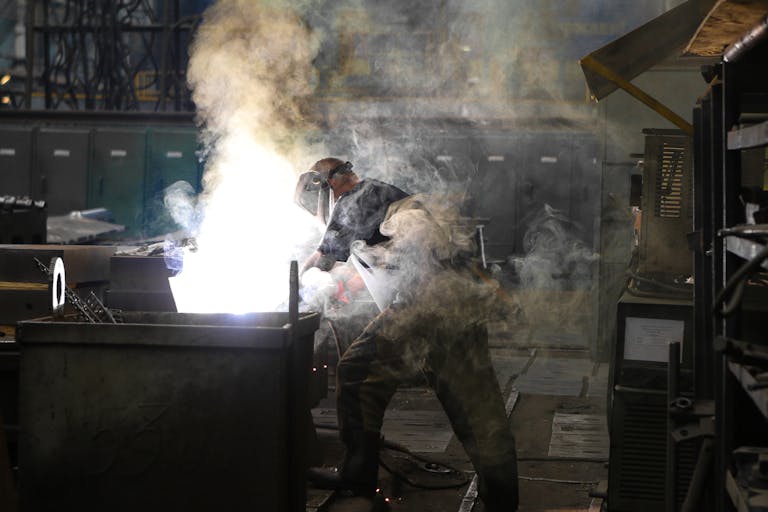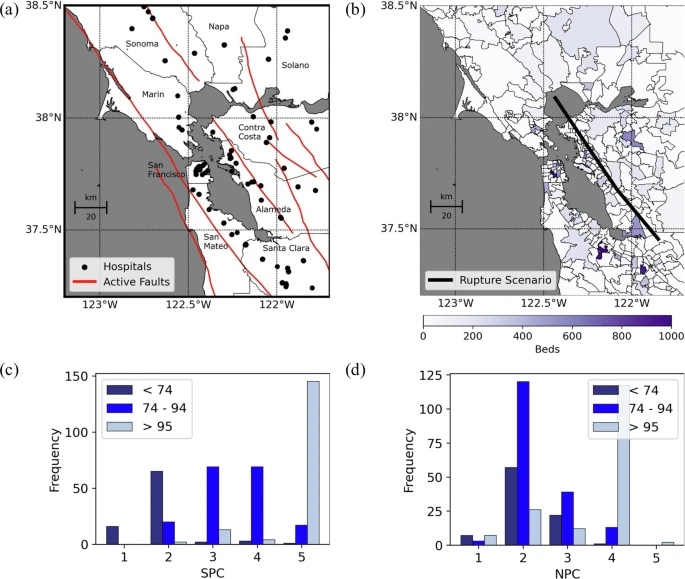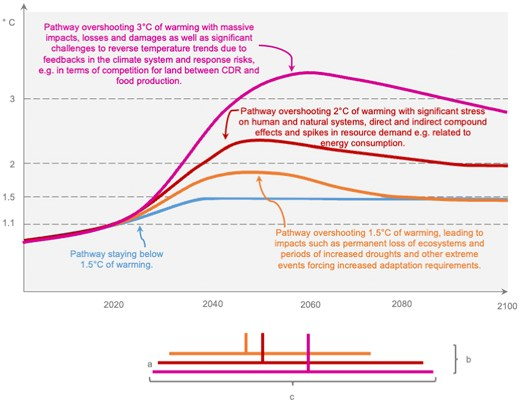Iowa State Engineers Develop Multiplayer Training Game to Prepare for Disasters Like Derechos

A group of engineers and researchers from Iowa State University (ISU), in collaboration with Polk County Emergency Management (PCEM) in Des Moines, are creating an innovative online multiplayer training game to help emergency responders handle severe weather events—especially derechos, the fast-moving windstorms that can devastate large regions in minutes. Funded by the National Science Foundation (NSF) with a $700,000 grant, this project is officially known as the Disaster Multiplayer Online Game (DMOG): to Enhance Emergency Preparedness and Resilience in the Midwest.
What Exactly Is a Derecho?
Before diving into the project, let’s clarify what a derecho is. A derecho is a widespread, long-lived windstorm associated with rapidly moving thunderstorms. To qualify as a derecho, wind gusts must reach at least 58 miles per hour, and the storm’s damage path must extend more than 240 miles. These storms are often compared to tornadoes in their intensity, but unlike tornadoes, their winds move in a straight line.
Derechos can flatten trees, damage infrastructure, and leave millions without power. The Midwestern United States—especially states like Iowa, Illinois, and Nebraska—is particularly prone to such storms due to its flat terrain and unique weather patterns. The infamous 2020 Iowa derecho, for example, caused billions in damage and underscored the need for better emergency coordination.
That’s where ISU’s new project comes in.
The Goal of the Disaster Multiplayer Online Game (DMOG)
The DMOG project aims to simulate real-world emergency situations to improve decision-making among emergency management professionals, such as police officers, firefighters, medical teams, and public works officials.
Instead of relying solely on traditional tabletop exercises or classroom-based FEMA workshops, this game allows participants to experience a realistic, high-pressure environment that mirrors the chaos of an actual disaster.
The project is led by Dr. Cameron MacKenzie, an associate professor in Industrial and Manufacturing Systems Engineering at ISU. His co-researchers include Abram Anders (Professor of Innovation and Associate Director at ISU’s Student Innovation Center), Michael Dorneich, Sri Sritharan, Eliot Winer, and Stephen Gilbert.
Together, they are building a platform that uses AI-generated video, audio, and graphics to simulate disaster conditions. These multimedia elements make the experience feel far more immersive than static classroom training.
How the Game Works
The game starts with a scenario—for example, a crowded Saturday morning at a downtown farmers’ market in a Midwestern city. Vendors sell produce, families stroll between food trucks, and then, suddenly, storm clouds roll in from the west. Within minutes, winds hit 58 mph, tents collapse, and trees fall.
Players, each representing a specific emergency role, must react quickly:
- Police coordinate evacuations and block dangerous areas.
- Firefighters respond to structural damage or fires.
- Medical responders triage and treat the injured.
- Public works teams clear roads and manage infrastructure damage.
- City officials communicate with the public and other departments.
The decisions made by each player directly affect the game’s outcome. Every choice—like where to send resources or which roads to close—is tracked and scored. These scores help measure how effectively the team handled the crisis.
What makes this training unique is that it’s multiplayer and interactive. Teams can communicate, make joint decisions, and adapt to rapidly changing situations. The facilitator can even throw in surprise challenges—called “curveballs”—such as a blocked evacuation route or a sudden power outage, forcing players to adjust their strategies.
At the end of each session, players participate in a debrief session, analyzing what worked, what failed, and how coordination could improve.
Why It’s a Big Deal
Traditional emergency training relies heavily on tabletop discussions or classroom workshops. While these are valuable, they lack the intensity and unpredictability of real disasters. The ISU team recognized that emergency responders need a way to practice under pressure—a safe environment where they can make mistakes, learn, and try again.
This game adds exactly that. It simulates real-world consequences without real-world risks. And because it’s digital, agencies can run sessions as often as they like without spending months organizing physical drills that require equipment, personnel, and permits.
Brett McIntyre, who manages training programs at Polk County Emergency Management, explained that this tool will become an important addition to their “training toolbox.” Unlike one-time workshops, the game can be reused and customized for different disaster types.
The Technology Behind the Scenes
One of the most interesting aspects of this project is the use of artificial intelligence to create realistic visuals and audio. AI-generated scenes can show, for instance, a vendor shouting for shelter while wind uproots trees behind her—something impossible to replicate in tabletop exercises.
Abram Anders and his team are experimenting with AI platforms to identify which ones produce the most believable emergency visuals. They’re testing workflows that combine detailed storyboarding, reference imagery, and procedural scene generation.
The team also wants to establish reproducible methods—so that emergency agencies elsewhere can create their own customized training modules without hiring expensive video teams or programmers.
Expanding Beyond the Derecho Scenario
While the current prototype focuses on the derecho scenario, the platform is being designed to adapt to other disasters such as tornadoes, floods, and winter storms. Facilitators can modify maps, events, and available resources to fit different local conditions.
Eventually, the ISU team hopes this platform will be used by emergency management offices nationwide. It could also serve as a teaching tool in universities, helping students in emergency management programs understand coordination and real-time decision making.
Building Resilient Communities
The long-term goal is simple but crucial: improve disaster preparedness. By giving first responders and officials a way to practice collaboration, communication, and quick thinking, this game could save lives in real emergencies.
Every decision in the game mirrors the trade-offs real leaders face—whether to evacuate, how to allocate resources, or when to issue public warnings. By simulating those pressures, participants can better prepare for reality.
The project is part of the NSF Civic Innovation Challenge, which supports research that strengthens community resilience through technology.
Why the Midwest Needs This
The Midwestern United States frequently faces weather extremes—derechos, blizzards, tornadoes, and floods. In many smaller counties, emergency departments are understaffed and lack regular hands-on drills.
A flexible online platform could close that training gap. It’s cost-effective, repeatable, and scalable. For example, the same software could train responders in Iowa today and firefighters in Kansas or Nebraska tomorrow.
As climate change intensifies storms and heat events, the need for practical preparedness tools like DMOG is only growing.
The People Behind the Project
Here’s a summary of the team leading this initiative:
- Cameron MacKenzie – Project lead; Associate Professor, Industrial & Manufacturing Systems Engineering, ISU.
- Abram Anders – AI and innovation lead; Professor and Associate Director, Student Innovation Center, ISU.
- Michael Dorneich – Expert in human-computer interaction.
- Sri Sritharan – Distinguished Professor in Engineering.
- Eliot Winer – Director of ISU’s Virtual Reality Applications Center.
- Stephen Gilbert – Professor of Industrial and Manufacturing Systems Engineering.
- Brett McIntyre – Training coordinator, Polk County Emergency Management (implementation partner).
Looking Ahead
The project is now in Stage 2 of development under the NSF Civic Innovation Challenge. By the end of this phase, the team expects to release a fully functional version of the derecho simulation, complete with AI-generated media, interactive decision tracking, and scoring.
Future updates may include new modules for other disaster types and multiplayer online versions accessible across multiple agencies.
Though still in testing, this work has the potential to transform how emergency preparedness training is conducted across the United States. It brings together engineering, human behavior, AI, and public safety—proving that smart technology can strengthen real-world resilience.
Research Reference:
NSF Civic Innovation Challenge – Disaster Multiplayer Online Game (DMOG): to Enhance Emergency Preparedness and Resilience in the Midwest





